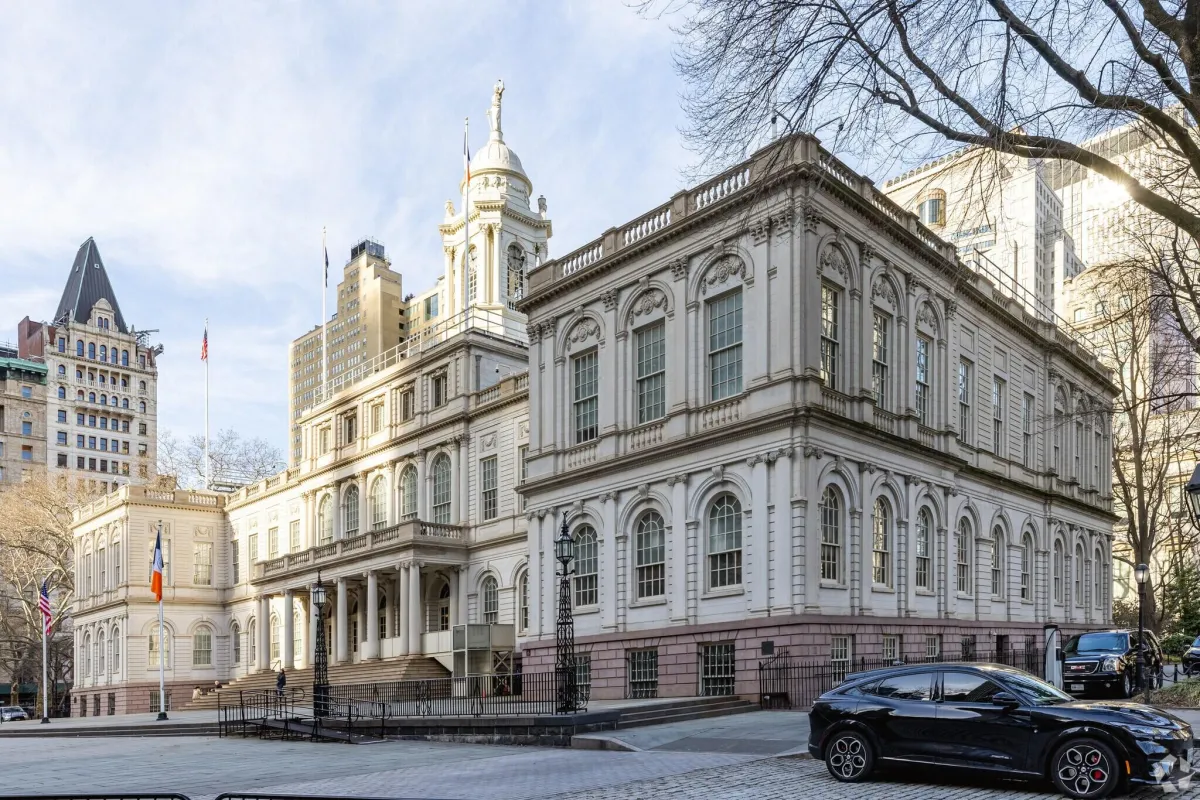
Civic Center
Welcome to Civic Center, Manhattan: The Seat of Governance and Historic Heart
Located in Lower Manhattan, Civic Center stands as a vital hub where the machinery of city, state, and federal government converges. This historically significant neighborhood is home to an impressive array of grand civic buildings, from City Hall and the courthouses to federal offices, reflecting its long-standing role as the center of administration and justice in New York City. Beyond its governmental function, Civic Center boasts important historical landmarks, bustling pedestrian plazas, and a unique architectural character that tells the story of New York's civic evolution. If you are drawn to the intersection of history, power, and urban energy, Civic Center offers a fascinating glimpse into the core of the city's governance and a tangible connection to its past.
A Neighborhood Forged by Governance and History
From Colonial Beginnings to Modern Metropolis
Civic Center's origins trace back to the colonial era, and it has served as a focal point for civic life for centuries. The construction of City Hall in the early 19th century solidified the area's role as the seat of New York City government. Over time, the neighborhood expanded to include numerous other municipal, state, and federal buildings, each contributing to its monumental architectural landscape. Landmarks like St. Paul's Chapel, which survived the Great Fire of 1776 and stood as a symbol of resilience after 9/11, offer poignant reminders of the city's enduring history.
The Architectural Landscape of Power
The architecture of Civic Center is characterized by grand, imposing structures designed to convey the authority and permanence of government. From the neoclassical beauty of City Hall to the Beaux-Arts style of the Surrogate's Court and the monumental scale of the federal buildings, the neighborhood showcases a range of architectural styles that reflect different periods of the city's development. These buildings, often adorned with classical columns, sculptures, and intricate detailing, create a powerful and visually striking urban environment.
Real Estate in Civic Center: Primarily Commercial and Governmental
Given its primary function as a governmental and commercial hub, the real estate in Civic Center is largely dominated by office buildings, courthouses, and other civic structures. Residential options within the traditional boundaries of Civic Center are limited.
Limited Residential Opportunities
While traditionally not a residential neighborhood, the edges of Civic Center blend into surrounding areas like Tribeca, the Financial District, and Chinatown, which offer a variety of housing options. These adjacent neighborhoods provide residential opportunities for those who work in or appreciate the unique character of Civic Center and its central location.
Amenities and Connectivity: The Heart of Downtown
Living near Civic Center offers unparalleled access to transportation and a unique set of amenities tied to its central downtown location.
Proximity to Major Attractions and Transportation
Civic Center's location puts it within walking distance of numerous major attractions, including the Brooklyn Bridge, the World Trade Center site, and the bustling streets of Chinatown and Little Italy. The area is a major transportation hub, with numerous subway lines converging at various stations, including the 4, 5, 6, J, Z, N, Q, R, W, and PATH trains. This provides exceptional connectivity to all parts of Manhattan, as well as Brooklyn, Queens, and New Jersey.
A Unique Urban Experience
While not known for its traditional residential amenities like parks or a vibrant nightlife within its core, Civic Center offers a unique urban experience. Its bustling daytime activity, driven by government workers, legal professionals, and visitors, provides a distinct energy. The nearby neighborhoods offer a wide array of dining, shopping, and entertainment options just a short walk away.
Civic Center stands as a testament to New York City's enduring role as a center of governance and its rich historical legacy. While primarily a commercial and governmental area, its central location and historical significance make it a fascinating and vital part of the Lower Manhattan landscape, with surrounding neighborhoods offering residential opportunities for those who desire to be at the heart of the city's action and history.
HOA: N/A (Primarily commercial/governmental)
55+ Community: No

